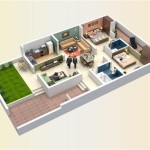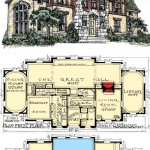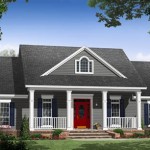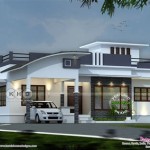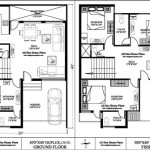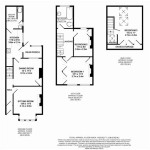House Elevation Plan: Essential Aspects to Consider
An elevation plan is a fundamental component of any house design. It provides a detailed representation of a building's external appearance, showcasing its proportions, style, and architectural elements. Understanding the essential aspects of an elevation plan is crucial for planning and designing a cohesive and visually appealing home.
Importance of House Elevation Plan
An elevation plan plays a vital role in the architectural process for several reasons:
*
Visual Representation: It allows architects, builders, and homeowners to visualize the building's external appearance from different perspectives.
*
Design Cohesion: It ensures that the building's design elements, such as windows, doors, and rooflines, complement each other and create a unified aesthetic.
*
Site Planning: It helps determine the placement of the building on the property, considering factors like sunlight, privacy, and curb appeal.
*
Building Code Compliance: Elevation plans must adhere to local building codes and zoning regulations, which typically specify requirements for setbacks, height restrictions, and material usage.
*
Construction Documentation: They serve as a blueprint for contractors during the construction process, guiding them in executing the building's design accurately.
Elements of Elevation Plan
An elevation plan typically includes the following elements:
*
Exterior Walls: The heights, lengths, and materials of the exterior walls are indicated.
*
Windows and Doors: The location, size, and style of windows and doors are shown.
*
Roofline: The shape, pitch, and materials of the roof are detailed.
*
Balconies and Patios: Any outdoor living spaces or architectural embellishments are included.
*
Chimneys and Vents: The location and dimensions of chimneys, vents, and other exterior features are shown.
*
Landscape: Sometimes, elevation plans may incorporate elements of the surrounding landscape, such as trees or hardscaping.
Considerations for Elevation Plan
When designing an elevation plan, several key considerations should be taken into account:
*
Architectural Style: The plan should reflect the desired architectural style of the house, whether it's traditional, contemporary, or a blend of styles.
*
Property Constraints: The size, shape, and topography of the property can influence the design of the building's elevation.
*
Sunlight and Privacy: The positioning of windows and doors should optimize natural light intake while ensuring privacy.
*
Material Selection: The choice of exterior materials, such as siding, brick, or stone, affects the overall appearance and durability of the building.
*
Budget: The cost of materials and labor should be considered when designing the elevation plan.
Conclusion
A comprehensive house elevation plan is a crucial element for planning and designing a visually appealing and functional home. By understanding the importance, elements, and considerations involved, homeowners and architects can create a cohesive and aesthetically pleasing building design that meets the desired architectural style, property constraints, and personal preferences.

Floor Plan Elevation Sample House Plans Building

Architecture House Plan And Elevation Complete Drawing Cadbullb Bungalow Floor Plans

Scheme Of The Tested Single Family House A Front Elevation B Scientific Diagram

Elevations Styles Home Elevation Design House

Elevations Designing Buildings

Elevation Drawing Of A House Design With Detail Dimension In Autocad Small

What Are Elevations Building Design House

House Front Drawing Elevation View For D 392 Single Story Duplex Plans Corner Lot Floor

How To Read House Plans Elevations

Traditional Style House Plan 3 Beds 2 Baths 1501 Sq Ft 124 822 Floorplans Com











